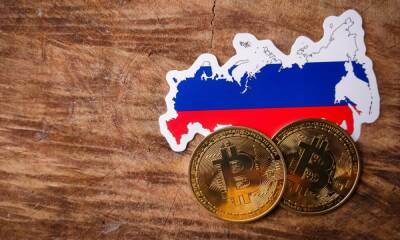The world has synchronized on Russian crypto sanctions
In her monthly Expert Take column, Selva Ozelli, an international tax attorney and CPA, covers the intersection between emerging technologies and sustainability, and provides the latest developments around taxes, AML/CFT regulations and legal issues affecting crypto and blockchain.
According to the United Nations High Commissioner for Refugees, also known as the UN Refugee Agency, nearly 4 million Ukrainians have fled their homes since bombs began falling and bullets started flying on Feb. 24, with most heading to neighboring Central European countries. At the same time, people around the world have sent over $100 million in crypto donations to support Ukraine, according to Alex Bornyakov, deputy minister of digital transformation. This necessitated Ukrainian President Volodymyr Zelenskyy to sign a bill legalizing crypto on March 16.
Robby Houben, a professor at the University of Antwerp who co-authored a study for the European Parliament about the illicit use of cryptocurrencies and blockchain, published an article on March 1 titled “Crypto-assets as a blind spot in sanctions against Russia?” in which he urges crypto sanctions be implemented to further dry up funding for Russia’s invasion of Ukraine. After all, Russia has been leading a multinational stablecoin initiative with BRICS (Brazil, Russia, India, China and South Africa) and Eurasian Economic Union countries. This year, the initiative is scheduled to issue central bank digital currencies (CBDCs) that will be exchanged on smartphones, outside of the SWIFT and CHIPS systems.
The Bank of International Settlement reported on March 22 that “Project Dunbar” — a collaboration with the central banks of Australia, Malaysia, Singapore and South Africa — has confirmed that
Read more on cointelegraph.com
 cointelegraph.com
cointelegraph.com






